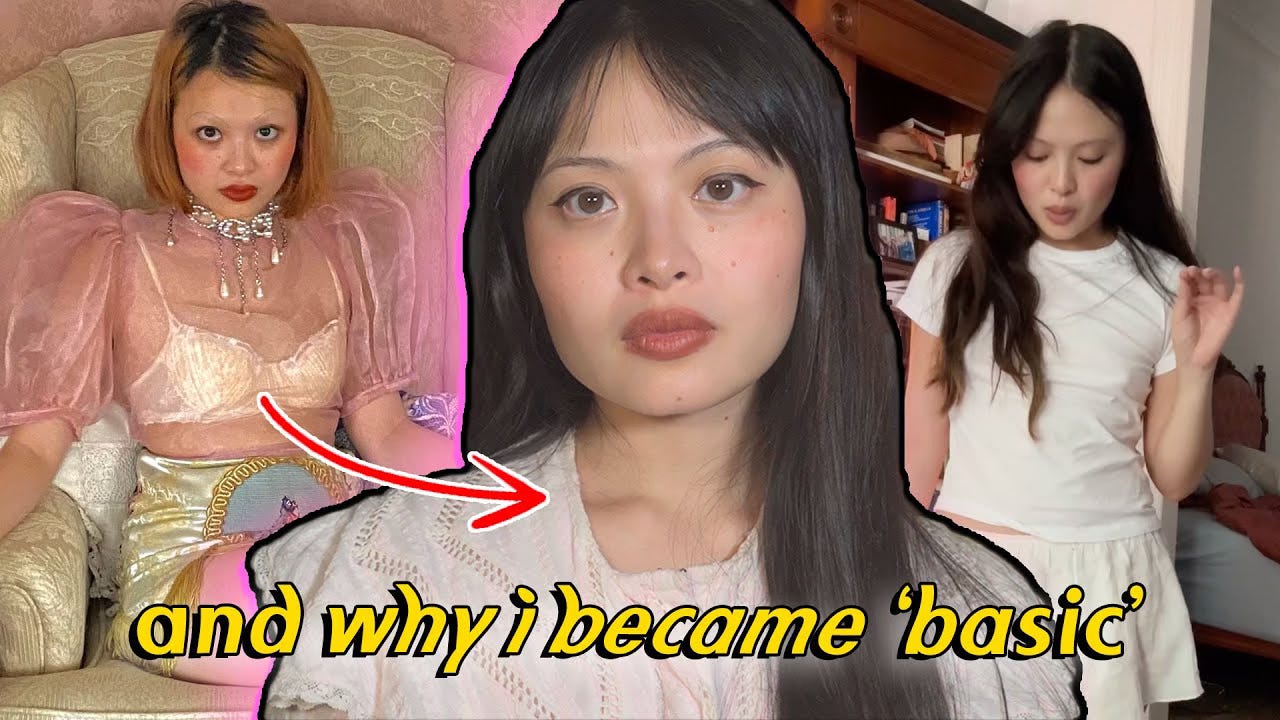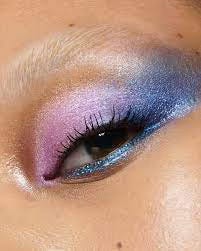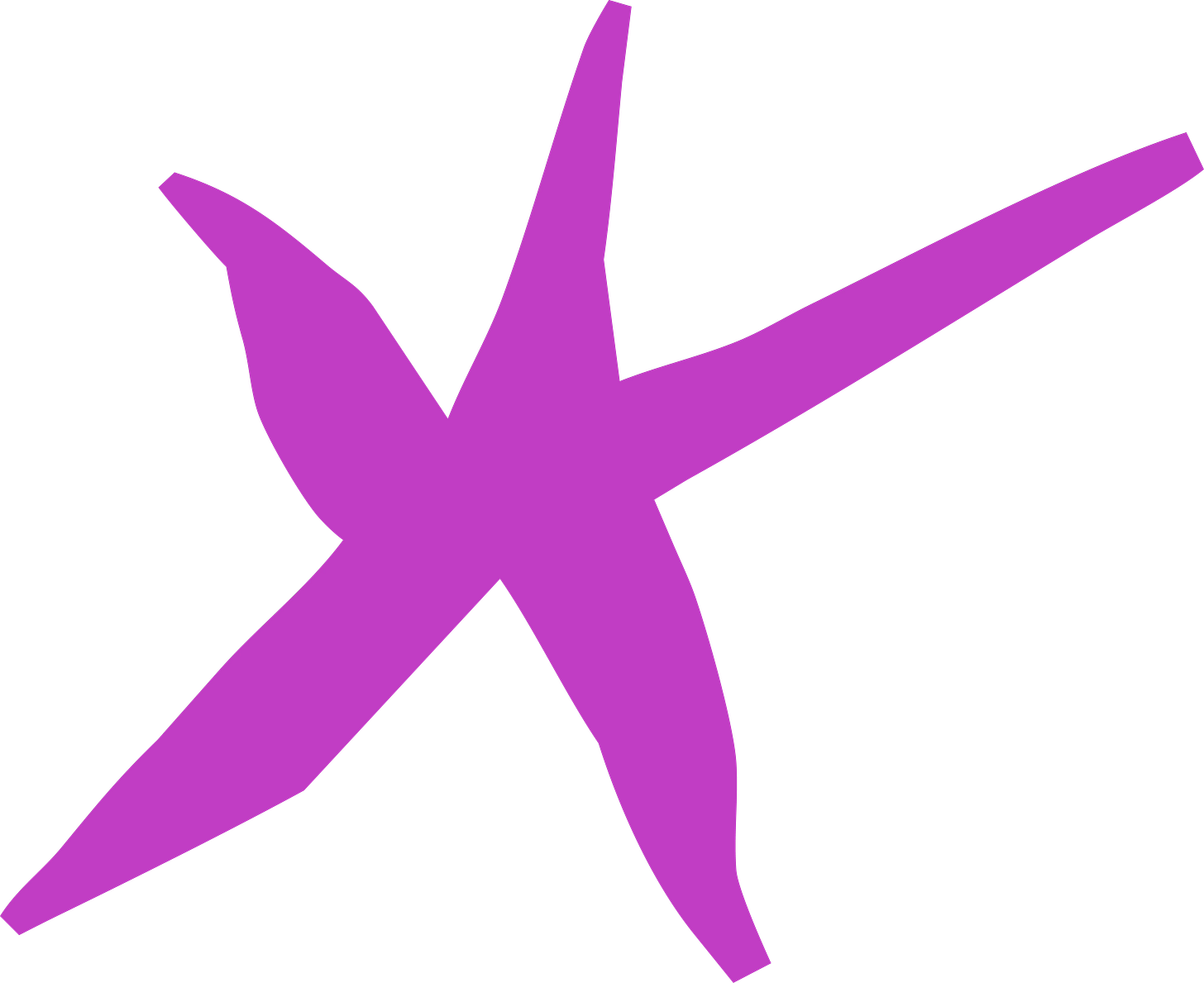Personal Style Is Dead and We Killed It
style-only influence is the latest victim of elite overproduction
Something is happening with personal style. As Mina Le accurately pointed out three months ago: “you can tell someone’s screen time by their outfit”.
Mina argues that personal style died under the influence of algorithmic taste homogenization, using examples like Frye Boots and Adidas Sambas to make the case. In response, she's taking a break to test out uniform dressing — AKA 'becoming basic'.
I think Mina’s onto something, but I’d like to argue that personal style died much closer to home; not amongst those easily influenced by Bella’s latest sneaker fascination, but amongst those who earnestly compete in the global Style Olympics: rhe fashionistas, the stylists, and those who posted their outfits on TikTok with the tag #OOTD. Those who shaved their eyebrows to enhance the effect of their Isamaya Industrial palette and (like me) dove headfirst into ‘archive’ fashion. Personal style died amongst the fashion-obsessed creative class.
Just as conspiracies of elite overproduction impacting the job market start to feel more plausible (people on LinkedIn are not okay), we feel a similar crisis brewing amongst the fashionable.
In the years post-pandemic, we clamored for digital influence. In an image and video-first world all things eye-catching, glowing, sparkling, and oozing colonized our Explore page. Recently, an odd feeling that everyone had converged towards the same flavor of ‘different’ began to look less paranoid. Five years since the pandemic, the only thing that has changed is we are now doing our makeup with the Isamaya Industrial 2.0 palette.
As cultural theorists prophesize a return to IRL influence, growing interest in physical spaces, and a mass unplugging from socials, the undercurrent begins to suggest a similar rejection of alternative fashion. The seeds of Normcore 2.0 are sown, except this time they are free of all irony, a sincere act of originality.
Fashion as the New Gateway to Culture
Nobody can know how unique their own Instagram 'For You' page is; the algorithm is a black box.
As young people, who are increasingly interested in fashion and luxury, search for cultural capital, they gravitate to things that scream ‘different’. They have no way of verifying how different the things they see really are. We see a global sway of many with ‘creative’ aspirations towards an edgy, dark, alternative style.
Unlike days where such aesthetics would have emerged from a subculture (usually closely associated with music scenes) there’s no connective thread other than raw ambition for this network of young people who are spread internationally. In the age of the internet, images are memetic, but slower media like music can fall to the wayside. The eyes are the gateway to the soul, and style becomes a natural entry-point to all other forms of culture, instead of the other way.
Personal style is now at the beginning of the funnel of creative self-exploration, often coming before someone has developed taste, interests, or varied experiences of their own.
The Death of Style-Only Influence
We are observing in real time the decline of influencer marketing. This is demonstrated clearly by the most successful celebrity product lines barely bearing resemblance to their founders. Rhode, although sharing the maiden name of Hailey Bieber, has largely built its own world, taking a generous distance from Hailey herself. Skims, the first real smash success from Kim Kardashian, takes a similar distance. In both cases, the celebrities act more as brand ambassadors or partners, rather than the brand itself. It turns out nobody wants a celebrity product line. What remains clear is that product-led marketing with high-profile partnerships work.
The second wave of fashion influencers rose from Instagram and Tiktok rather than blogs. We followed along to see what heights they could scale. They were invited to fashion shows, given partnership deals. Once high profile partnerships were reached, there was. nowhere left to go. Once the Prada invites stopped coming, style-only influencers took deals with brands with decreasing cachet such as H&M. This represented a death knell for the style-only influencer, as their own brands were devalued in order to stay afloat.
There are not unlimited avenues for style-only influencers to generate brand deals or profits. The threat of TikTok shutting down saw many style-first influencers double-down on the idea of becoming Youtube vloggers or Podcasters and shifting towards personality-focused content. Others, such as Lara Violetta, triumphantly managed to spin her socials into her own fashion magazine, offering the opportunity for evergreen influence.
Platforms themselves are staying away from image in favor of long-form video, demanding more of the style-only influencer in the process. To monetize on TikTok, videos must be one minute or longer. Reels reign in the new world, and carousels stay safely tucked away amongst familiar faces. The era of 2020 “outfit of the day” 7-second video content is for the time-being over.
The Devaluation of Style as Currency
Early signs of the death of personal style manifested as anger over the naming of alternative ‘microtrends’. People working adjacent to the fashion industry were especially vocal with their anger. Requiring their personal style as leverage, they naturally reacted negatively to more efficient transmissions of niche aesthetics. A litany of Anti-consumerist critiques were lobbed, failing to identify that the call was coming from inside the house; not from market influences like advertising campaigns or brands, but from style bloggers and creators themselves. The naming of micro-trends was cultural production.
If a journalistic outlet like the New York Times or The Cut covered micro-trends, I suspect the acknowledgement would be welcomed as praise, rather than heresy. In a capitalist world where scarcity is key to leverage, there is a clear disincentive to niche personal styles being more efficiently broadcast or named without reward. Making such things memetic devalues it, if there’s no chance you’ll get a brand deal out of the trade.
The New Scarcity: Uniform Dressing
In Mina’s video, she shares an essential piece of wisdom from Sally Singer: “If you're interested in fashion, learn about anything other than fashion." We can see now how true this advice is.
Creatives like Mina Le are already shying away from unique personal style, and the narrative that their style is at the heart of their influence. This is ironically because creatives, like all businesses, need to compete on scarcity.
We are likely to see a shift towards “uniform dressing” as a signifier of advanced creative actualization and status in contrast to low-hanging fruits of alternative-signifying style.
I hope that genuine personal style emerges from people being unburdened from fantasies that they should pursue style-only influence. Similarly, I hope that the demonization of trend forecasting is soon seen as clamoring hateration from threatened creatives.
As we know- good style is a byproduct of a compelling personality. The future of style is likely to arise from this distinction—style that authentically embodies the lifestyle and needs of an individual, not the other way around.










